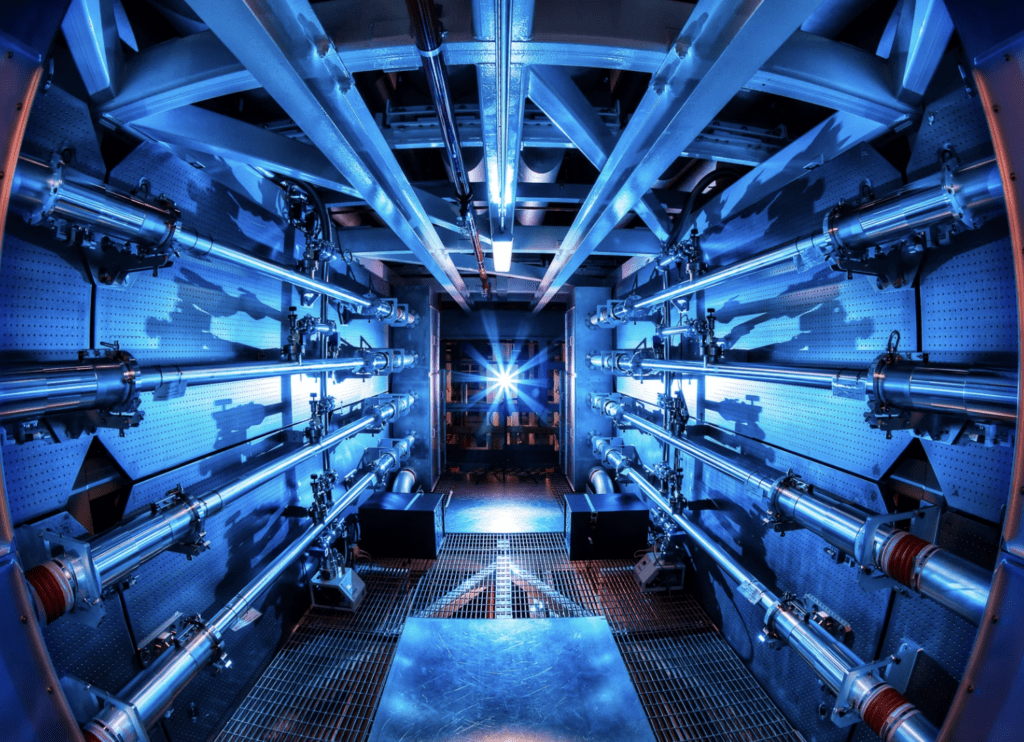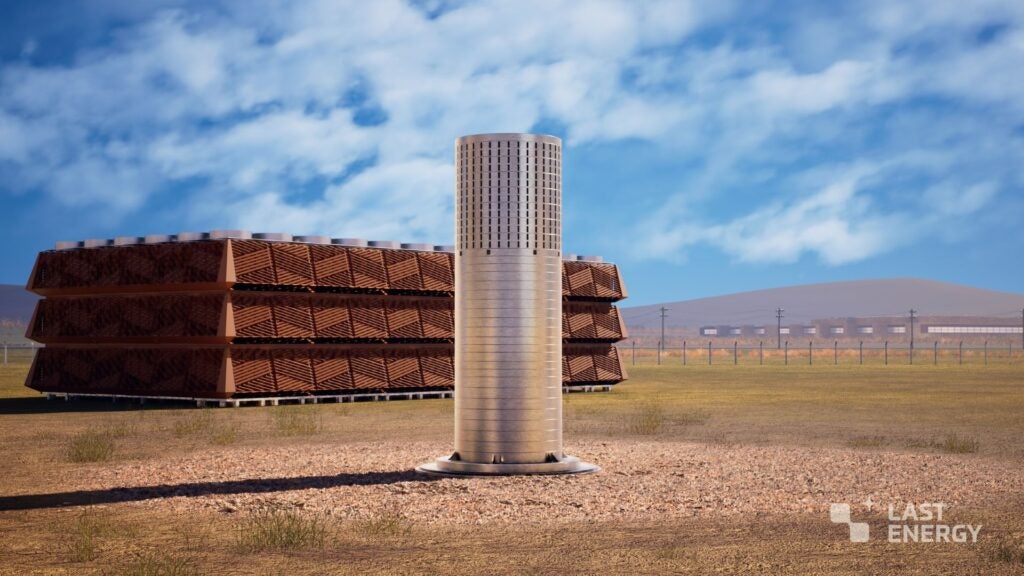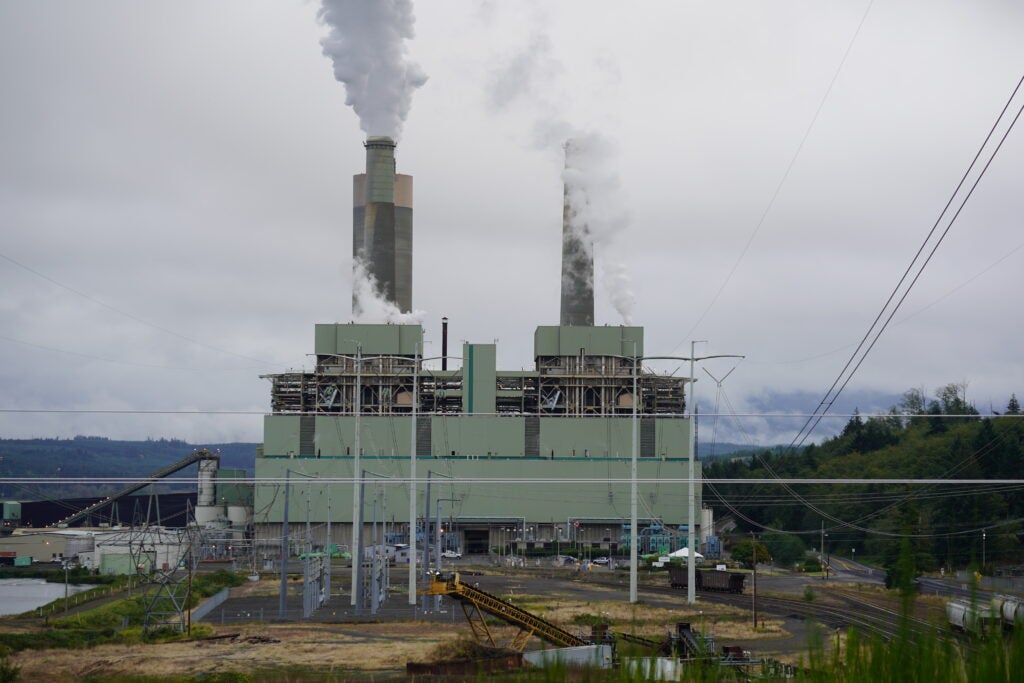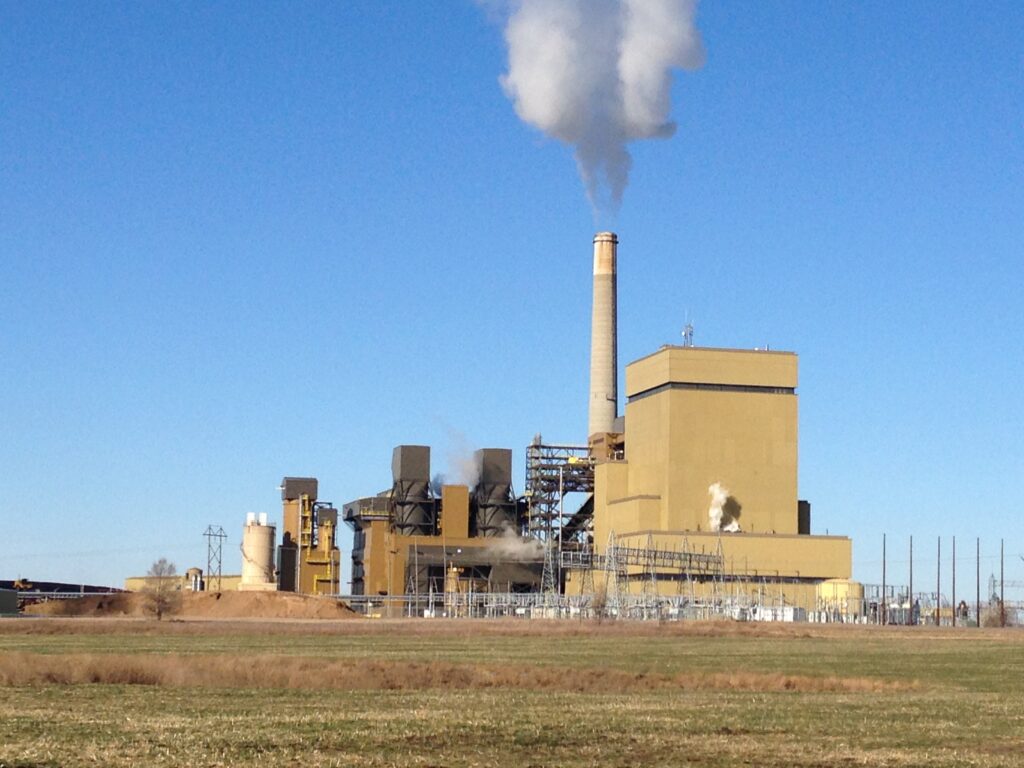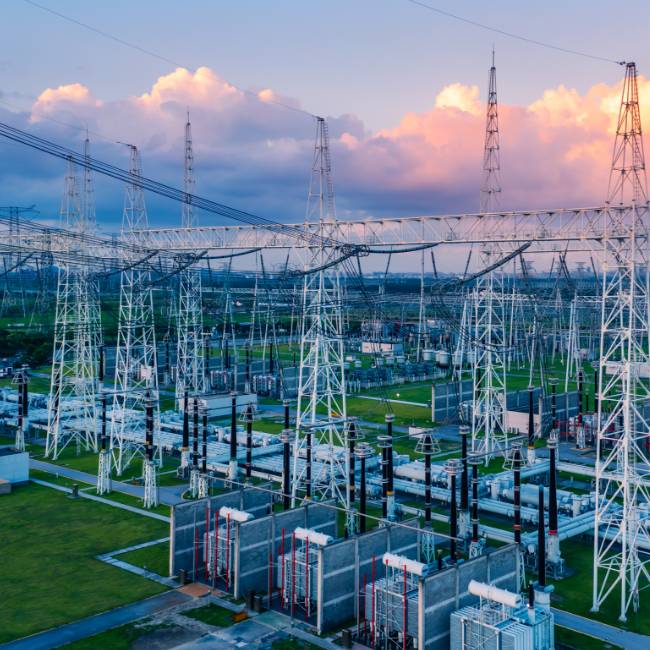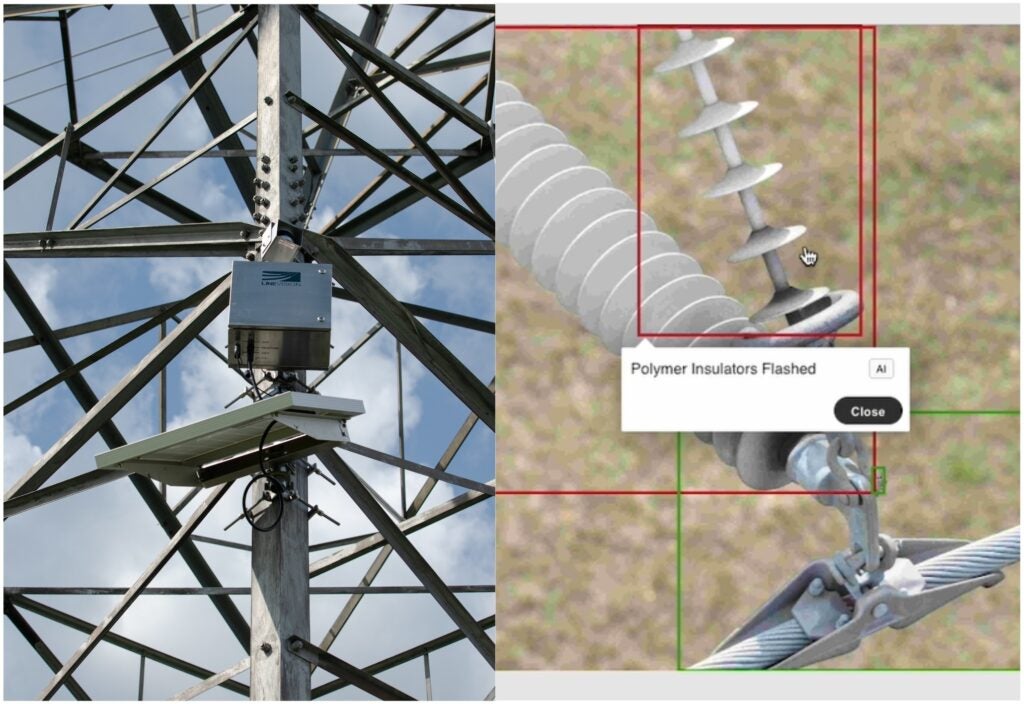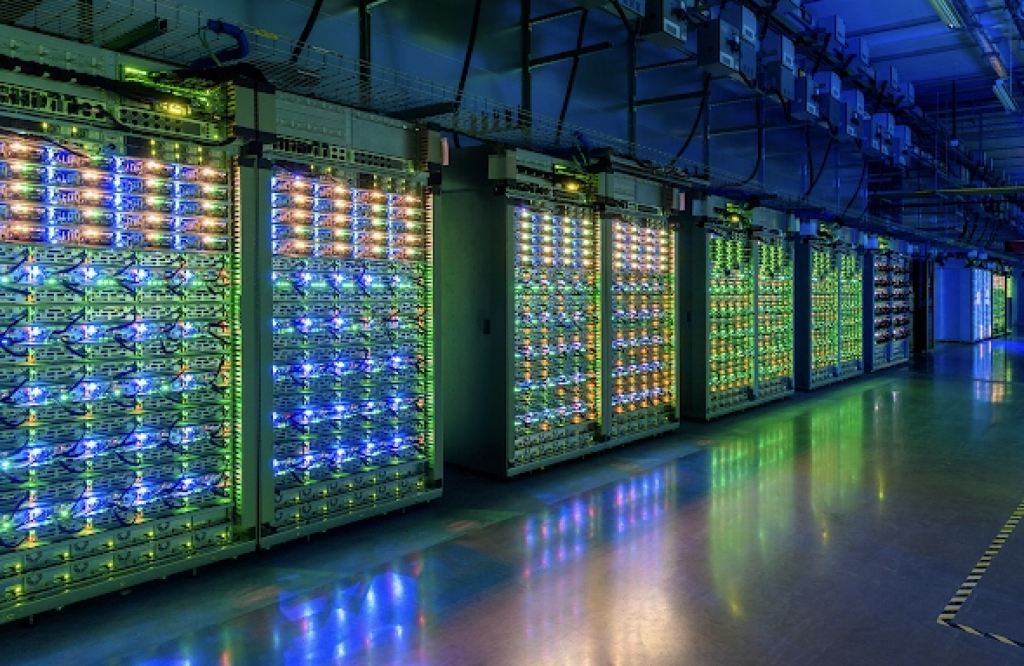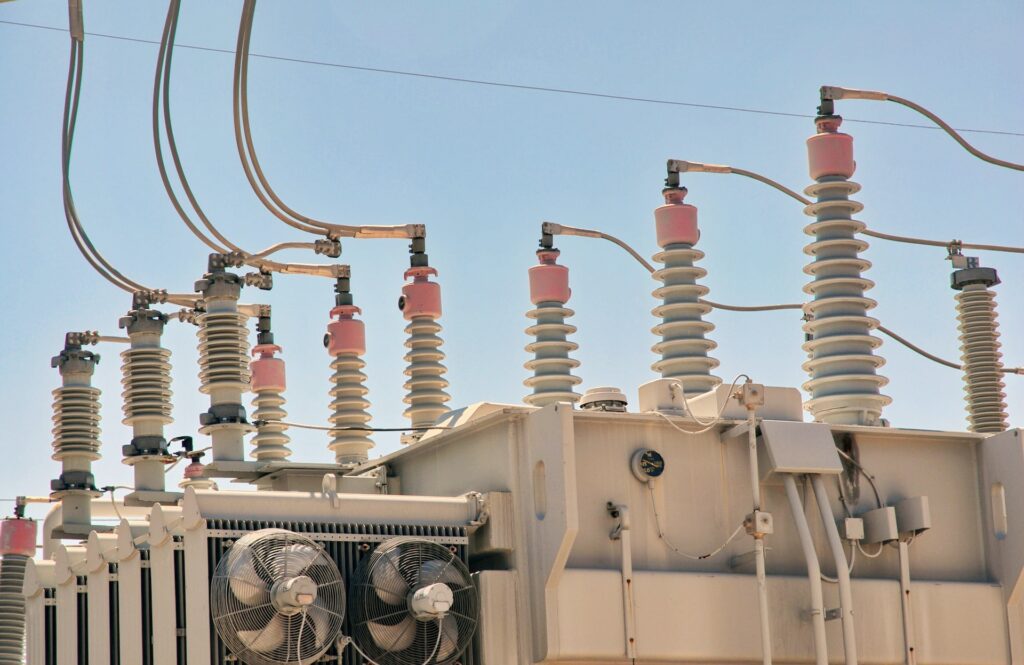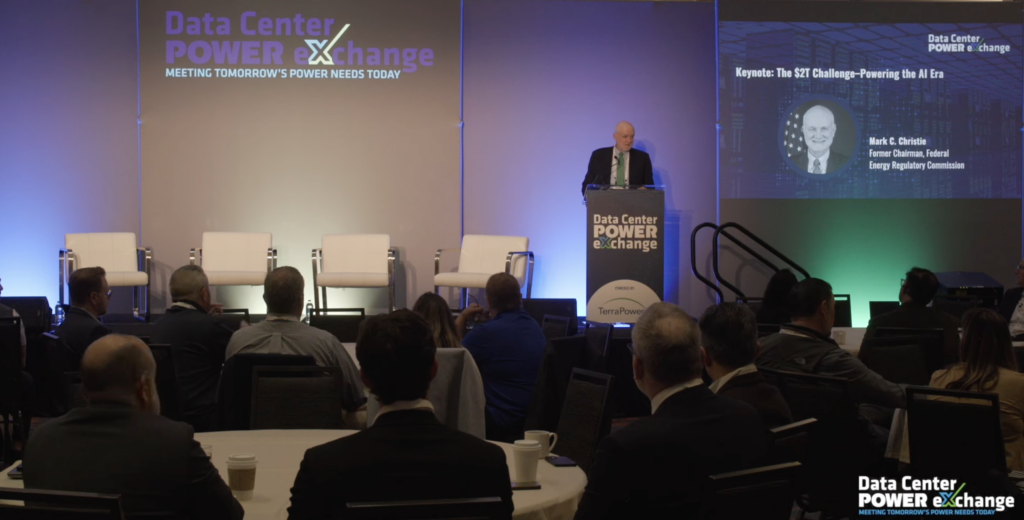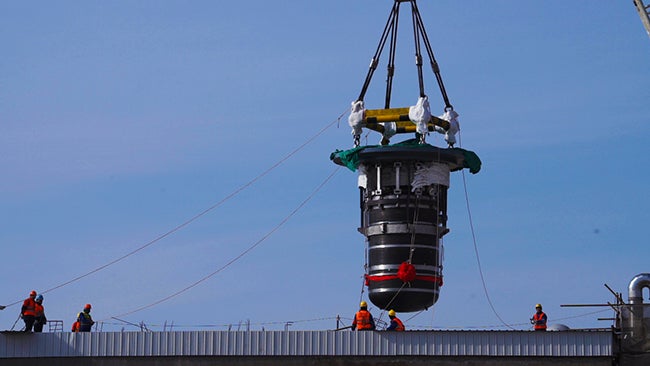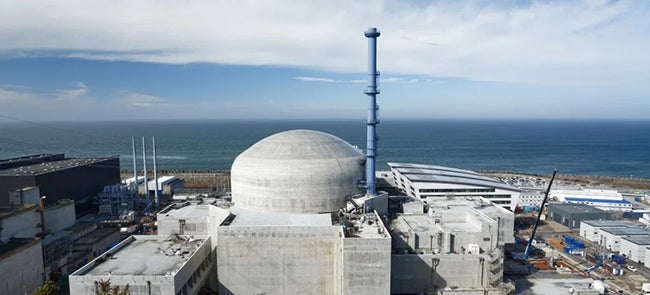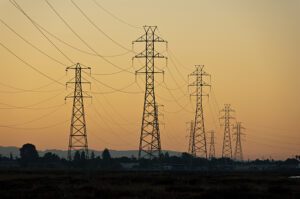
The true engine of America’s economy might surprise you. It’s not tech. It’s not artificial intelligence, finance, or manufacturing. It’s energy.
Energy accounts for just 7% of America’s gross domestic product (GDP), but, as former FERC Chair Mark Christie put it, “it’s the foundational 7% … everything else in our economy and lifestyle flows from it.”
Christie, recently named the founding director of William & Mary Law School’s new Center for Energy Law & Policy, has placed a spotlight on the often-overlooked but indispensable role of energy in our economy and national security. Energy powers every aspect of American life, from our digital infrastructure and healthcare to manufacturing and daily commutes. From the appliances running in every home to the streaming services Americans watch every night. Energy’s influence is all around us. Any future growth, whether it be reshoring manufacturing, expanding AI, or vehicle electrification, cannot exist without an increase in energy.
Former FERC Chair Mark Christie will open POWER’s newest event, Data Center POWER eXchange (DPX 2025), with a keynote discussion about the $2-trillion infrastructure challenges at the intersection of power and digital growth. As AI-driven power demand is straining infrastructure, Christie will lay out the reliability, market design, and cost-allocation stakes for utilities, hyperscalers, and regulators. Register today to attend DPX 2025, set for Oct. 28 in Denver, Colorado.
Although energy accounts for a relatively modest share of our GDP, that number undervalues its contribution. Contemporary life depends on an uninterrupted flow of affordable, reliable power. Without it, finance, commerce, communications, healthcare, transportation, and every other sector would grind to a halt. In other words, the other 93% of our GDP wouldn’t exist without energy. It’s the precondition for modern society.
Outsourcing Grid Components Is Too Big a Risk
For decades, the U.S. has outsourced everything from steel to semiconductors and batteries to keep costs down. Today, much of the U.S. electric grid relies on transformers, capacitors, and other hardware manufactured overseas, mostly in China.
The energy supply chain is uniquely vulnerable to disruptions. When supply is curtailed or compromised, we lose access to specialized components like large power transformers, which can take years to acquire or build. China now supplies most of the transformers essential to the national grid.
American grid resilience, and by extension the broader economy, hinges on suppliers at the far end of increasingly complex global supply chains.
The American Society of Civil Engineers downgraded U.S. energy infrastructure to a D+ in the group’s 2025 report card. Aging grid systems and transformer shortages were key concerns, underscoring the urgency of reshoring these components.
Threatening U.S. National Security
Our reliance isn’t just an economic risk. If China were to leverage its position of supply chain dominance to constrain access to critical grid components—or, worse, deliberately introduce vulnerabilities into these systems—the U.S. would face cascading disruptions.
Such a scenario would stall economic activity and disrupt daily life and essential services. We could see power outages at hospitals, failures in emergency communication systems, delays in food supply and distribution, and interruptions to water and sanitation services. Heating or cooling systems could also be jeopardized during dangerous heat waves and cold spells.
This is a matter of national security. In tight, interconnected power networks, a delay of days or weeks for a single transformer can mean hospitals, data hubs, or entire cities go dark.
Embedded Cybersecurity Threats
The modern grid isn’t just made of hardware. It’s made of data. “Smart”, AI-optimized infrastructure introduces new levels of efficiency through better grid management, but it also creates new vulnerabilities.
When microchips or firmware are sourced from abroad, they can contain deliberate backdoors that expose American systems to intelligence collection or sabotage by hostile actors. Securing the grid against both physical and digital threats is now a matter of urgent policy debate, and cybersecurity professionals across the public and private sectors are actively preparing for the worst.
Traditional U.S. energy policy has prioritized low-cost quick fixes, often at the expense of scale and resilience. The DoE, the White House, and energy industry experts are advocating for a reversal: reshoring manufacturing and investing in domestic capabilities to build a self-sufficient grid that can withstand geopolitical shocks.
This is no overnight job; it will require a sustained effort by stakeholders across government and industry to rewire policy and revamp industrial capacity.
Here are five policy solutions the U.S. should consider:
- Incentivize Domestic Manufacturing. Establish tax credits and incentives for building or expanding U.S.-based facilities producing transformers, grid electronics, advanced batteries, and high-voltage components. Create a “domestic content bonus” for advanced, U.S.-made energy components and materials.
- Stockpile Grid Equipment. Federally manage a national stockpile of components like power transformers and control electronics, similar to the Strategic Petroleum Reserve, so the U.S. can rapidly restore grid function in the event of supply disruptions, cyberattacks, or natural disasters.
- Strengthen Cybersecurity Mandates. Enforce compliance with the NERC Critical Infrastructure Protection (CIP) standards for grid operators and suppliers. Provide federal funding for utilities and manufacturers to upgrade hardware and software and train our workforce on defending against cyber threats.
- Require Buying American. Adhere to “Buy American” requirements for federally funded energy projects, and adopt these standards more broadly in private industry. Where domestic production falls short, develop targeted “friend-shoring” agreements with reliable trade partners to fill gaps without geopolitical exposure.
- Support Advanced Grid Innovation. Increase R&D investment and federal demonstration grants for breakthrough technologies, including solid-state transformers, advanced grid sensors, energy storage, and AI-enabled management systems. This will enhance our competitive advantage globally while modernizing infrastructure to handle growing demand.
Progress Accelerates, but the Warning Is Clear
Our nation faces a choice: continue outsourcing our infrastructure and increase our vulnerability to China, or bring our grid back home. Encouragingly, there are signs of movement. Investment in U.S.-based energy hardware is increasing, and federal programs are starting to prioritize domestic sourcing and grid security. Major utilities are also hedging bets with dual sourcing and “friend-shoring” agreements.
Still, progress must accelerate. Meeting the energy needs of a data-hungry, electrified economy while shielding it from supply chain and cyber disruptions will demand long-term commitment and hard work from Washington and the private sector.
This is among the most pressing challenges our nation has ever faced. Energy’s contribution is 7% on paper, but 100% in impact. America’s energy destiny is a matter of national security, sovereignty, and survival.
—Shaun Walsh is CMO of Peak Nano.


